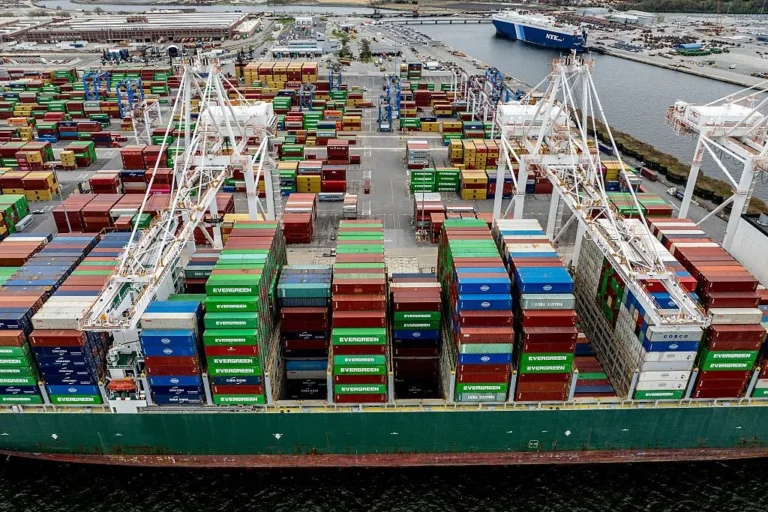President Donald Trump’s announcement of a 90-day pause on selected tariffs has jolted global markets and reignited debate over the future of American trade policy.
The move, following the rollout of sweeping new tariffs earlier in April, marks a significant pivot—though key components of the policy remain unchanged. Financial markets responded with a brief rally, but economists and foreign governments are still grappling with the implications.
What Does the Tariff Pause Mean?
Trump’s April 9th decision affects only certain tariffs. The 10% universal tariff, which came into effect on April 5, remains in place for all countries, including traditional allies like the UK, Australia, and South Korea. Pharmaceuticals, microchips, and a few other goods are exempt.
However, the president’s decision to raise tariffs on Chinese imports to 125%, plus an additional 20% on fentanyl-linked products, intensifies the U.S.-China trade war. The White House made it clear that China remains the primary target of these measures.
👉 Read more on the tariff escalation and U.S.-China relations
The pause suspends additional tariffs—such as 46% on Vietnam, 44% on Sri Lanka, and 20% on the EU—until July. While this offers temporary relief, all nations must still contend with the baseline 10% import tax, a massive departure from prior trade agreements.
The Bigger Picture for Global Trade
Though the pause temporarily reassures markets, economists warn that Trump’s tariff framework is a seismic shift in U.S. trade policy. Bloomberg Economics estimates the average U.S. import tariff could still rise to 24%, the highest in a century—even after the suspension.
These developments have been linked to increased market volatility, as seen in the immediate relief rally followed by renewed uncertainty.
👉 Explore how the stock market reacted to the tariff pause
Consequences for the UK
The UK, now facing the same 10% tariff as the EU, has lost a potential edge in trade with the U.S. Although UK officials are seeking a bilateral trade agreement to remove the tariff, no deal has yet been finalized.
The UK’s situation is further complicated by the 25% tariffs on steel, aluminum, and car exports, which continue unabated. In 2024, the UK exported $9 billion in cars and $720 million in steel and aluminum to the U.S., placing key industries under pressure.
Economic Ramifications & Retail Worries
The tariffs’ economic ripple effects are mounting. Former Treasury Secretary Janet Yellen criticized the policy as a “self-inflicted wound” for both the U.S. and global markets.
👉 Read the full statement and political reactions
Beyond macroeconomic effects, U.S. retailers are bracing for impact, particularly those reliant on Chinese manufacturing. Toy companies have already warned of price hikes ahead of the holiday season.
👉 Why toy prices may double by Christmas
Final Thoughts
While the pause has slowed the tariff train, the underlying shift toward a protectionist agenda remains intact. The 10% minimum tariff, sustained trade tensions with China, and the uncertainty around future policy continue to cast a long shadow over the global economic landscape.
Whether this strategy ultimately rebalances trade or undermines global cooperation is a question markets, manufacturers, and governments must face in the weeks ahead.


